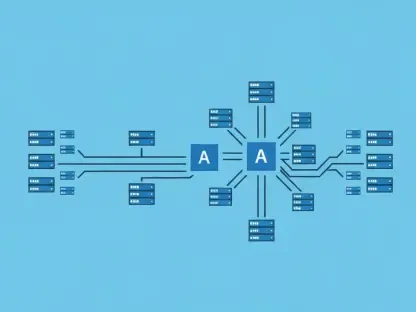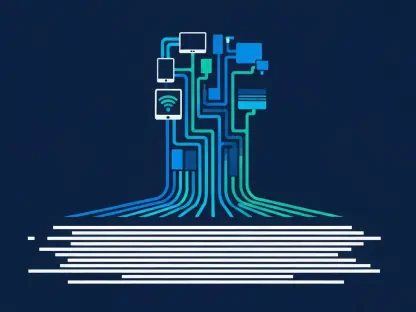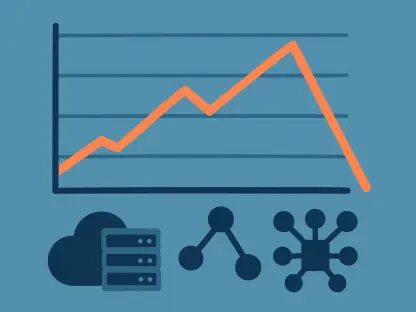2023 will be the year of technological evolution for many software companies. Many organizations are looking for cost-efficient solutions, using artificial intelligence (AI) and joining the global trend of accelerating cloud migration while adopting sustainable technologies. These are the main trends for the global software industry in 2023.
AI Is Rapidly Changing the Way Software Companies Operate
Artificial Intelligence (AI) has become a transformative force in the software industry. With its ability to analyze vast amounts of data and automate complex processes, AI is revolutionizing how software companies operate and deliver value to their customers.
One of the primary drivers of AI adoption in the software industry is the growing demand for more personalized and efficient user experiences. AI-powered software can analyze user behavior, preferences, and feedback in real-time, enabling software companies to deliver highly tailored and intuitive customer experiences.
Another key factor driving AI adoption is the need for businesses to remain competitive in an increasingly crowded market. AI-powered software can help companies automate routine and repetitive tasks, freeing up resources for strategic initiatives that drive growth and innovation. Additionally, AI can provide valuable insights into market trends, customer preferences, and consumer behavior, enabling companies to make informed business decisions and remain ahead of the market.
According to Gartner, organizations that use AI in their operational processes and align on their transparency, trust, and security will benefit from a 50% increase in results by 2026. By 2028, AI systems will achieve 20% of the global workforce and 40% of economic productivity.
Using Cost-Efficient Technology to Address Human Issues
The slow growth of the global economy and shifting workforce patterns have reduced production costs through streamlining processes and cutting resource consumption. An increasing number of companies are turning to automation, using robots or custom-made solutions to streamline repetitive tasks. IT departments are also embracing cost-saving measures by migrating their infrastructures to the cloud, either partially or completely.
Cost reduction has become a critical objective for many software companies in today’s highly competitive and quickly evolving business environment. With margins under constant pressure and an increasing need to develop authentic customer experience strategies, reducing costs has become an essential business strategy component for many software companies.
One of the primary ways that software companies are cutting costs is through automation and AI technologies. Automation can help software companies streamline their processes, optimize the allocation of resources, and reduce the time and effort required to complete routine tasks. Software companies also save costs by leveraging AI to minimize human errors. This means businesses can invest less time correcting employee errors and more time focusing on the most critical aspects of their companies.
Leveraging Cloud Migration for Increased Agility
Another key strategy software companies use to reduce costs is the adoption of cloud computing and virtualization technologies. The cloud enables software companies to reduce their capital expenditures by eliminating the need for expensive hardware and infrastructure, while providing greater scalability and agility. Virtualization technologies, such as containers and microservices, help reduce costs by enabling software companies to deploy applications more quickly and efficiently, with less overhead and reduced resource consumption.
In addition to automation and technology, software companies are also reducing costs through a more focused approach to product development and innovation. By focusing on core competencies and developing products that meet the specific needs of their customers, software companies can skip the development of features and functionalities that may not be in high demand, and in turn, reduce costs.
Gartner forecasts global cloud services will grow by 20.7% in 2023, compared to 2022, reaching a total of nearly $592 billion. Infrastructure-as-a-Service (IaaS) is forecast to experience the highest end-user spending growth in 2023: 29.8%.
Conclusion
As various global crises threaten our daily lives, businesses seek ways to utilize technology to address pressing human issues. The advent of wearables, medical devices, sensors, and other interconnected devices has caused an unprecedented amount of data to be readily available to companies.
By leveraging cloud technology and AI, this data provides valuable insights that will drive the creation of innovative tech solutions with increasing effectiveness in the years to come. AI and cloud computing are just two technologies rapidly transforming how software companies deliver value to their customers.









